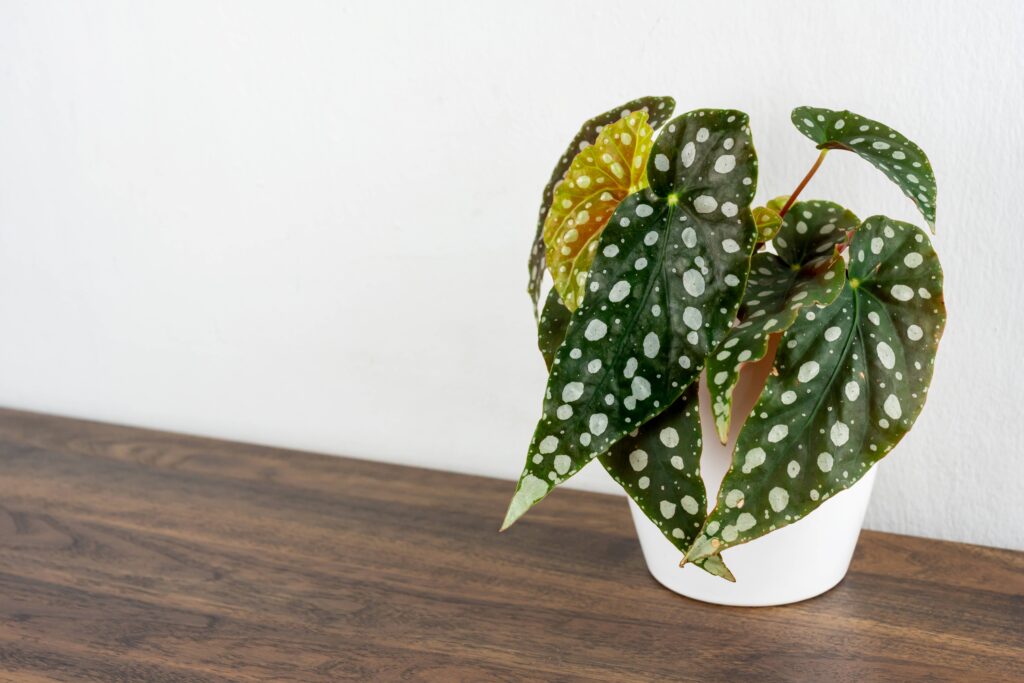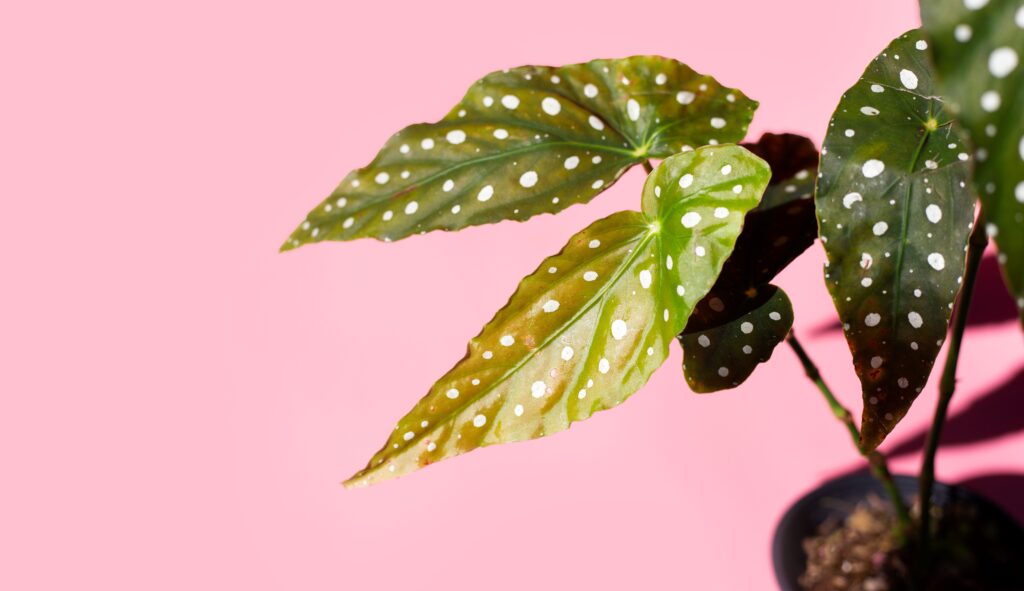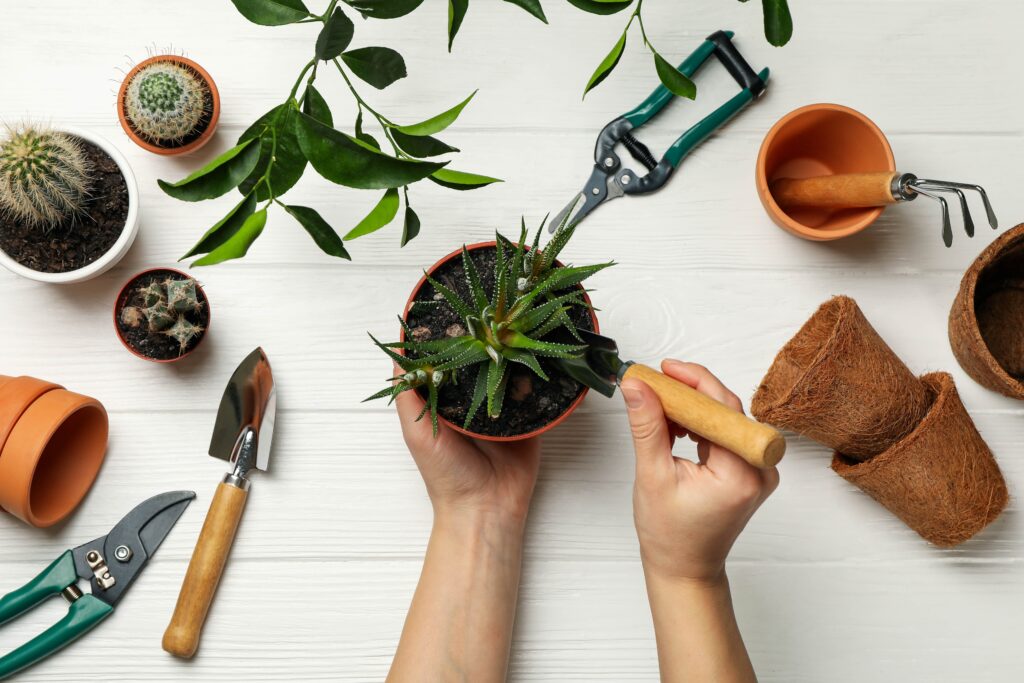Today, we’re diving into the world of the Begonia Maculata, a stunning houseplant that’s become a favorite among indoor gardeners. With its eye-catching foliage featuring silvery spots on emerald-green leaves, this begonia is not just a charming addition to your home but also a relatively low-maintenance plant to care for.
In this blog post, we’ll explore the ins and outs of Begonia Maculata plant care, helping you keep this spotted beauty thriving in your home and garden.
Choosing the Right Spot:
Begonia Maculata is known for its striking leaves, but it’s a bit picky about its environment. It thrives in bright, indirect light. Place your begonia near a north or east-facing window, or a few feet away from a south or west-facing window to avoid direct sun exposure.
If your begonia gets too much sun, its leaves may scorch, so finding that perfect spot is crucial.
Temperature and Humidity:
Maintaining the right temperature and humidity levels is essential for your Begonia Maculata’s well-being. These plants prefer a warm environment with temperatures between 65-75°F (18-24°C). Avoid exposing them to drafts, as they can be sensitive to sudden temperature changes.
Additionally, Begonia Maculata thrives in high humidity. To boost humidity levels, consider using a humidifier, a humidity tray, or misting the plant regularly.
Watering:
One of the most critical aspects of Begonia Maculata care is proper watering. Overwatering can lead to root rot, so be cautious. Water your plant when the top inch of soil feels dry to the touch, usually every 1-2 weeks. Always water your begonia thoroughly, allowing excess water to drain from the pot. Using a pot with drainage holes is a must to prevent waterlogged soil.
Soil and Repotting:
Choose a well-draining, lightweight potting mix for your Begonia Maculata. A mix designed for houseplants or a combination of peat moss, perlite, and pine bark works well.
Repot your plant every 2-3 years or when it outgrows its current container. Spring is usually the best time for repotting to allow the plant to recover and grow during the growing season.
Fertilising:
During the growing season (spring and summer), feed your Begonia Maculata with a balanced liquid fertiliser diluted to half strength every 4-6 weeks. In fall and winter, reduce feeding to once every 8 weeks or skip it altogether, as the plant’s growth slows down during this period.
Pruning and Maintenance:
Regularly prune your Begonia Maculata to encourage a bushier, more compact shape. Remove any leggy or yellowing stems to maintain its aesthetic appeal. Additionally, remove dead or yellow leaves promptly to prevent disease and improve air circulation.

In Conclusion
Begonia Maculata, with its striking foliage, is a delightful addition to any home or garden. With the right care, this houseplant can thrive and become a focal point in your indoor garden.
Remember to find the perfect spot with indirect light, maintain suitable temperature and humidity levels, water thoughtfully, choose the right soil, and fertilise accordingly. With these tips in mind, your Begonia Maculata will continue to dazzle with its polka dot beauty, year after year.




